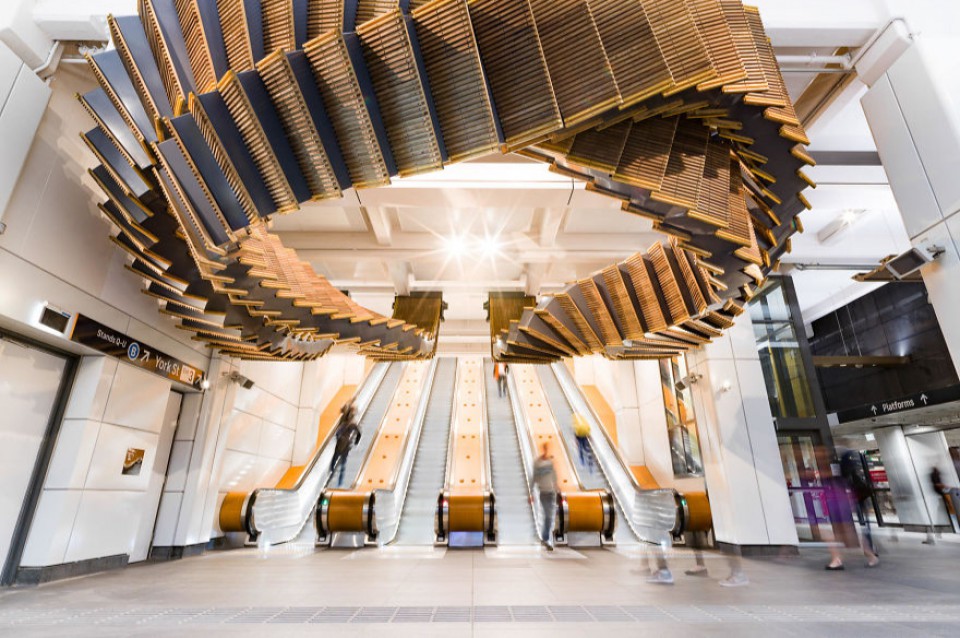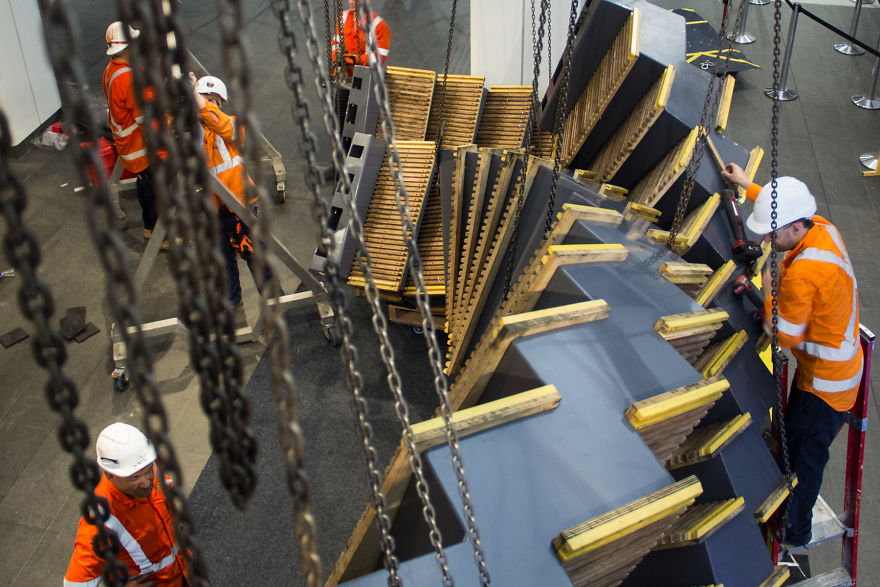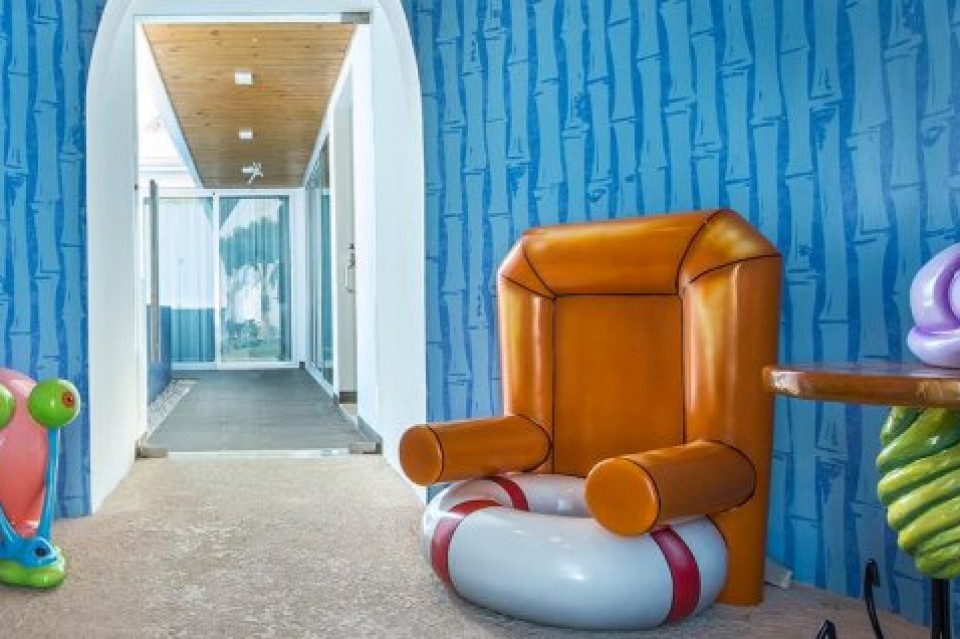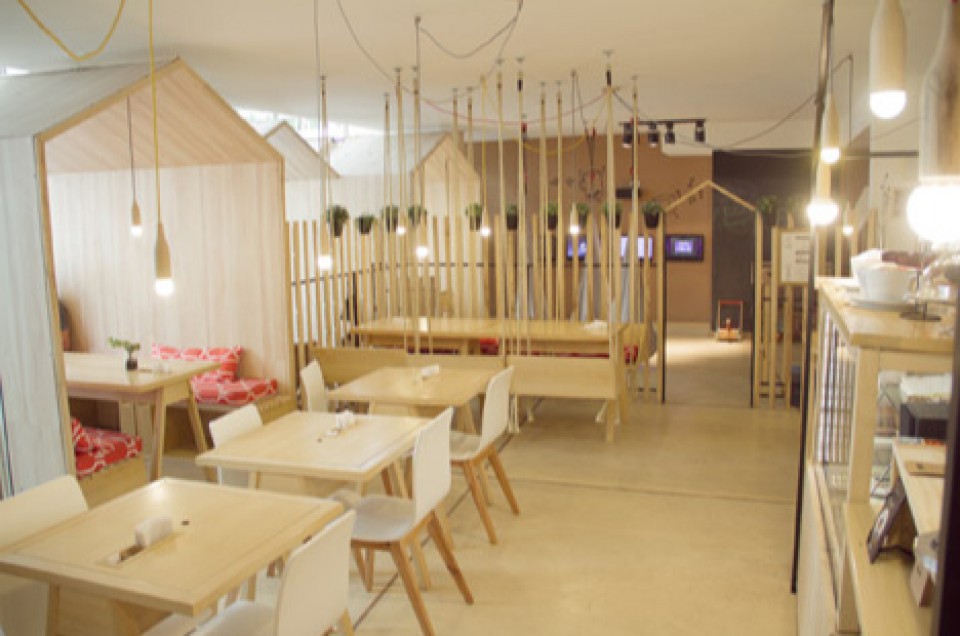Spectacular!!! This Architect Designs a Unique Wooden Escalator Installation!

Elevators have always been known as automated stairs that transport people. These stairs do not move by themselves but move up and down following a track in the form of rails or chains driven by a motor. Escalators are usually found in shopping centers or offices that generally have multiple floors.

Now, what if these very large escalators were suspended from the ceiling as decorations?
It was Chris Fox, a brilliant architect from Sydney, Australia, who had this crazy idea. The idea came to his mind when the Wynyard station in Sydney was planning to upgrade the old station escalator to a new one. He thought of installing the old escalator on the station's ceiling so that station visitors could remember the services of that escalator.
The old escalator at Wynard station is indeed special. This escalator has been serving station visitors for about 8 decades since it was installed in 1932! Moreover, the escalator at Wynard station is made of wood and has never been replaced. The number of surviving wooden escalators in the world today can be counted on one hand, and one of them is the one at Wynard station.

In 2016, the escalator replacement was officially carried out. Meanwhile, Chris Fox also planned a design for the replaced wooden escalator. He named his work 'Interloop,' an idea he got from the film Inception.



Fox eventually managed to 'save' 244 wooden escalator steps and linked them into a 5-ton sculpture! He installed these steps on a series of aluminum pieces that were 'sewn' together to form a 50-meter long structure. Then, this chain was hung from the station's ceiling, right above the newly installed escalator. Visitors can now 'reflect' on the past as they ascend the legendary wooden escalator and contemplate the future.
And here is Chris Fox with his incredible work:



Here is the process of creating the giant escalator-shaped sculpture. Truly an amazing piece of art!



Here is a video of this unique suspended escalator installation.
Source of photos and article:








